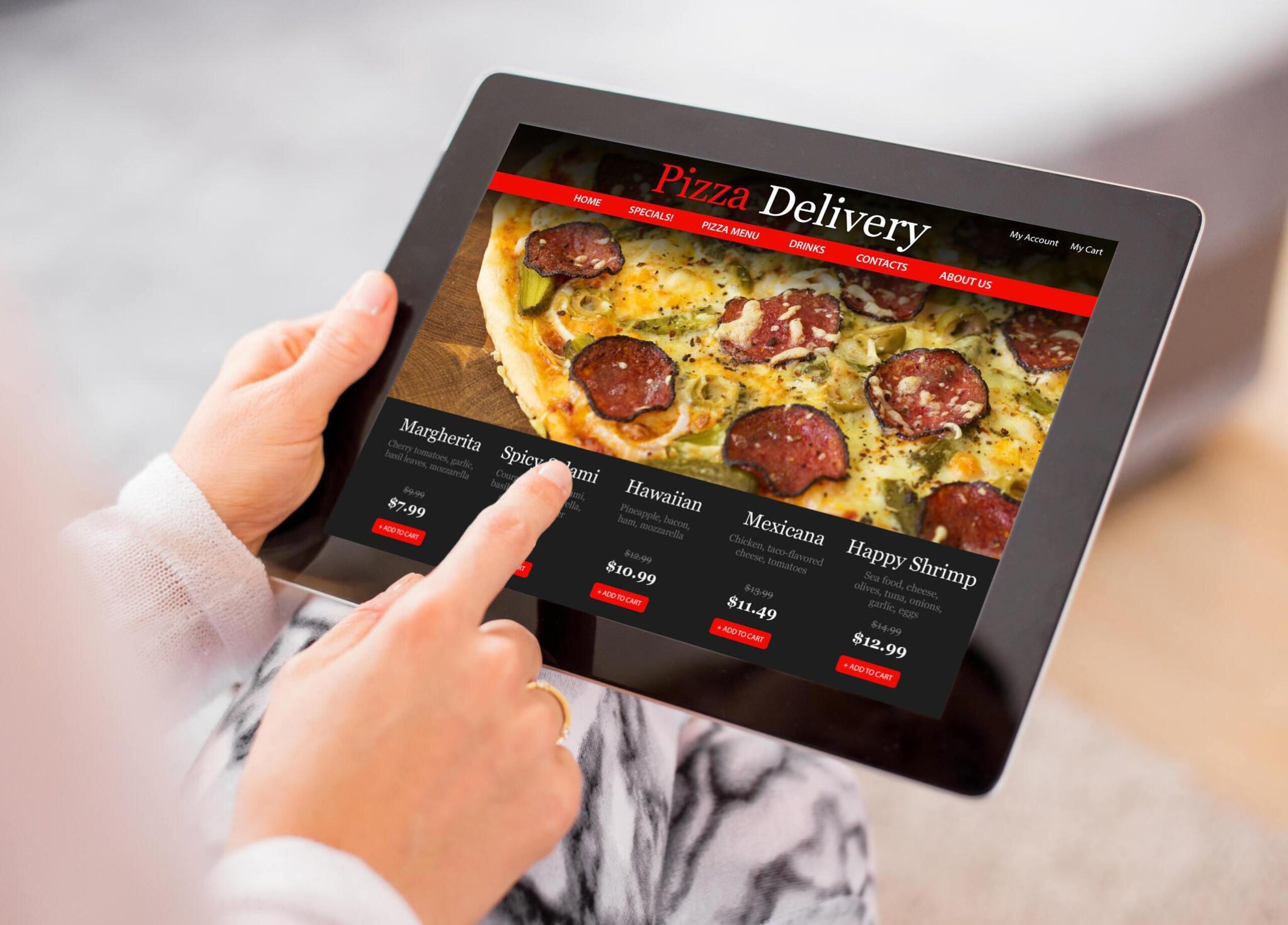In the fast-paced world of restaurant business, keeping up with the latest technology trends is crucial for staying ahead of the competition. One area that has seen significant evolution in recent years is digital signage technology. From static menu boards to interactive displays, digital signage has transformed the way restaurants communicate with customers and enhance their dining experience. As we look to the future, several emerging trends are poised to revolutionize digital signage in restaurants even further.
Personalized Content: In the age of customization, consumers expect personalized experiences, and digital signage is no exception. Future trends in digital signage technology will focus on delivering tailored content based on customer preferences, demographics, and past behaviors. Imagine walking into a restaurant and seeing a digital menu board that displays recommendations based on your previous orders or dietary restrictions. Personalized content not only enhances the customer experience but also drives sales by presenting relevant offerings.
Integration with Mobile Devices: With the widespread use of smartphones, integrating digital signage with mobile devices will be a game-changer for restaurants. QR codes and NFC technology can be used to connect digital displays with customers’ smartphones, allowing them to interact with the content directly from their devices. For example, customers can scan a QR code on the digital menu board to view nutritional information, place orders, or even participate in loyalty programs, creating a seamless omnichannel experience.
Dynamic Menu Updates: Traditional printed menus are static and costly to update, especially when changes need to be made frequently. Digital menu boards offer the flexibility to update menu items, prices, and promotions in real-time, eliminating the need for printed materials and reducing waste. In the future, we can expect to see even more advanced dynamic menu systems that use AI algorithms to optimize menu layouts based on factors such as popularity, profitability, and time of day.
Interactive Experiences: Interactive digital signage goes beyond static displays by engaging customers in meaningful interactions. Touchscreen kiosks allow customers to browse menus, customize orders, and place reservations with ease. In the future, we may see the integration of gesture recognition and voice control technology, enabling hands-free interactions with digital signage. Interactive experiences not only entertain customers but also streamline the ordering process, leading to improved efficiency and customer satisfaction.
Data Analytics and Insights: One of the most powerful aspects of digital signage technology is its ability to collect data and provide valuable insights into customer behavior. Future trends will focus on leveraging data analytics to optimize menu offerings, pricing strategies, and marketing campaigns. By analyzing customer interactions with digital signage, restaurants can gain valuable insights into which menu items are the most popular, which promotions drive sales, and how to better target their advertising efforts.
In conclusion, the evolution of digital signage technology in restaurants is driven by a desire to enhance the customer experience, increase operational efficiency, and drive sales. From personalized content to interactive experiences and data-driven insights, the future of digital signage holds immense potential for transforming the way restaurants communicate with their customers. By embracing these emerging trends, restaurants can stay ahead of the curve and deliver exceptional dining experiences that keep customers coming back for more.





